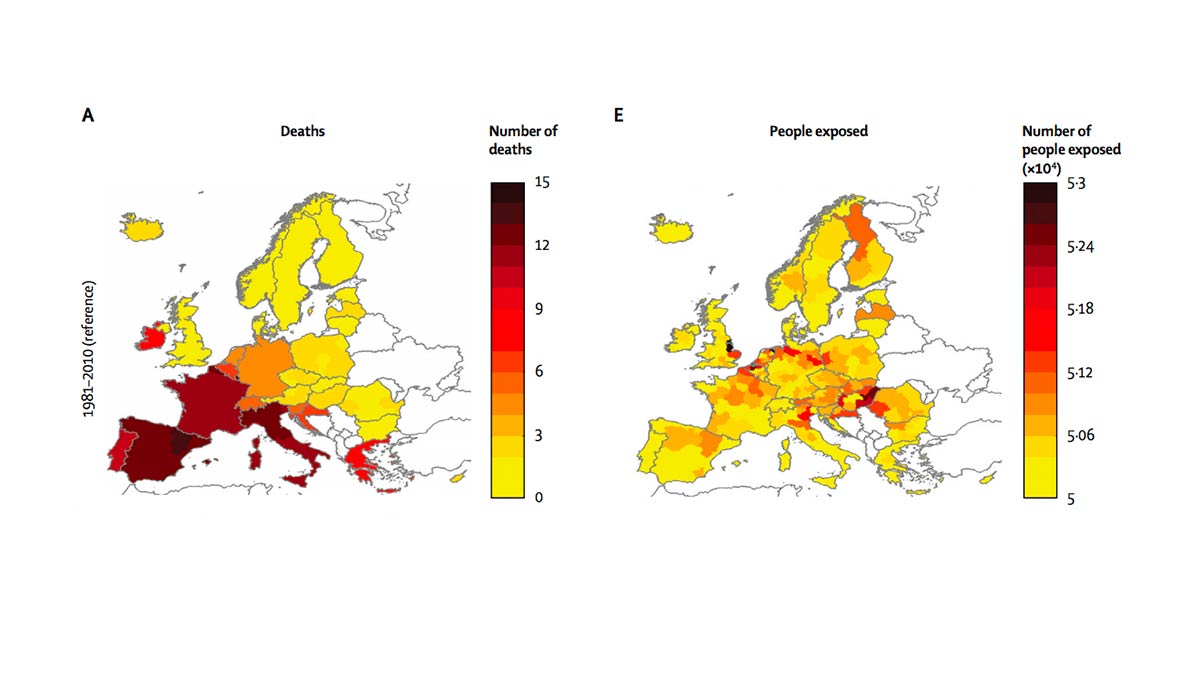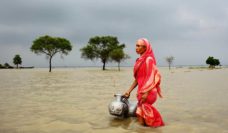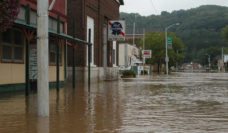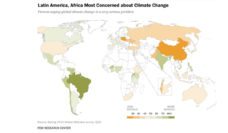Wildfire erupted in Portugal in mid-August, cordoning off an entire town of Macao with 2,000 people. Many residents described the impossibility of leaving the town due to either the rampant flames or smoke. Unfortunately, just a month earlier, another wildfire had already destroyed 80-90% of Macao. It was part of a larger fire that killed 64 people.
It’s not difficult to find examples of these extreme weather events in the midst of Europe’s heatwave in early August, appropriately named Lucifer. A warmer climate causes dry areas, such as forests during the summer, to become drier. The dry conditions lead to wildfires that were once “started by lightning strikes or human error.” Wildfires will also be more intense and long-burning. Multiple wildfires erupted as result of Lucifer in parts of Italy, Spain, and southern France.
Climate change is contributing to more frequent and more intense natural disasters. A recent study in the Lancet finds that 351 million – or two out of three Europeans – could be affected by weather-related disasters by 2071 compared to one out of twenty in the reference period between 1981 and 2010. The calculations are based on the assumptions that no adaptive measures are taken and population change and greenhouse gas emissions continue at the current rate. The study focused on hazards with the great impact including heatwaves, cold waves, wildfires, river and coastal floods, and windstorms. Twenty-five million Europeans a year were exposed to a weather-related disaster during the reference period.
The projected increase in the death rate doesn’t capture the full impact of these predicted natural disasters. For example, heatwaves could exacerbate cardiovascular, cerebrovascular, and respiratory diseases. Additionally, the weather-related disasters could result in post-traumatic stress disorder or other associated mental health disorders. This research from the Lancet finds that climate change accounts for more than 90% rise in risk to humans, with demographic changes accounting for the rest.
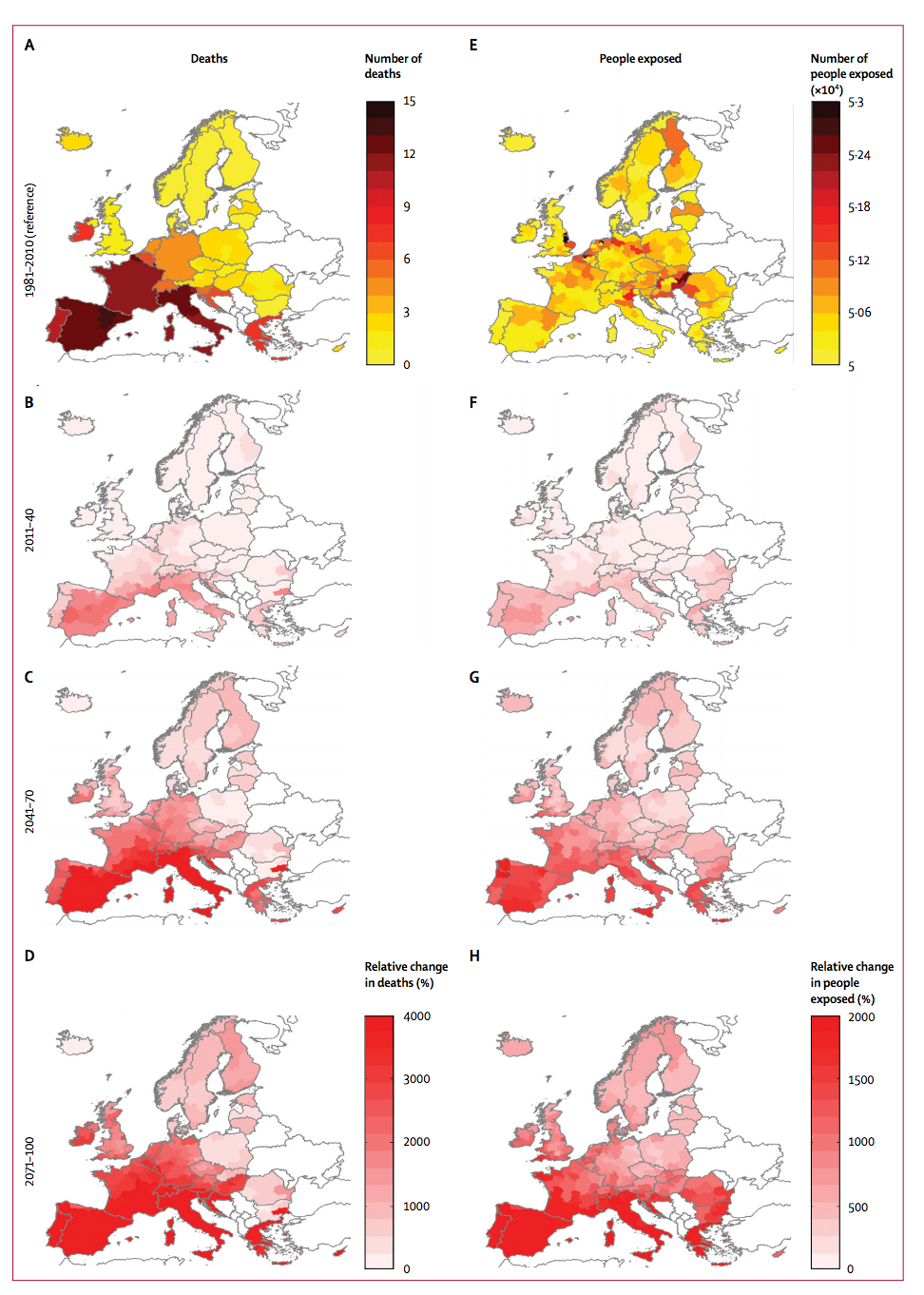
Databyte (detail) and photo via Giovanni Forzieri, Alessandro Cescatti, Filipe Batista e Silva, and Luc Feyen, Increasing Risk Over Time of Weather-Related Hazards to the European Population: a Data-Driven Prognostic Study. The Lancet Planet Health.









